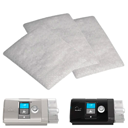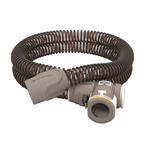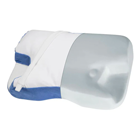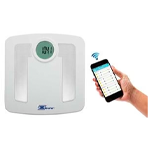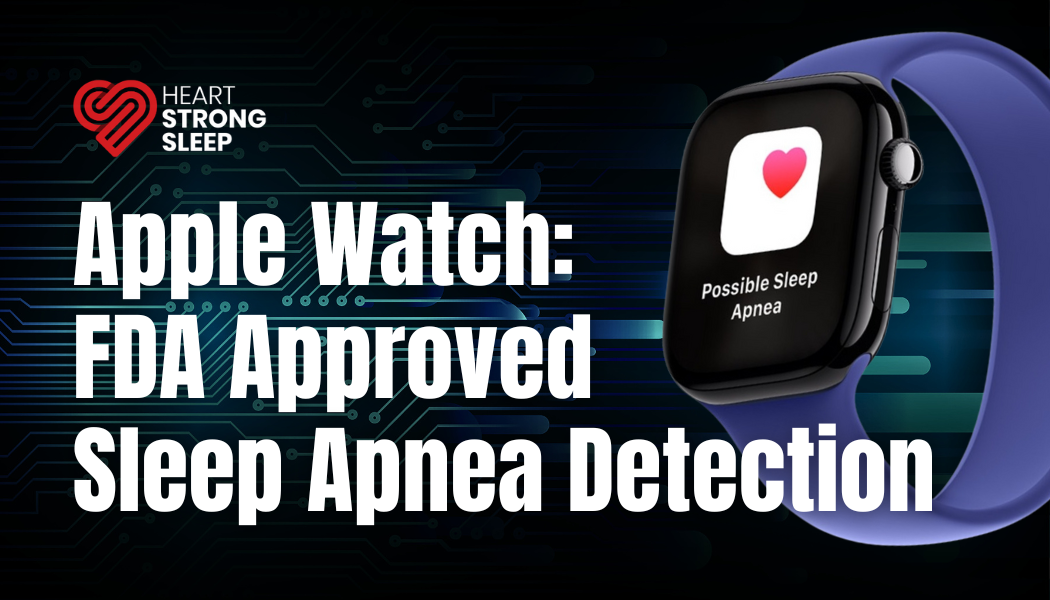A new obstructive sleep apnea study of 20,000 drivers using a more comprehensive screening evaluation method estimated that nearly 49% of commercial motor vehicle drivers could be at risk for obstructive sleep apnea, a condition that can cause sleepiness while driving.
The 2020 study by researchers at the Virginia Tech Transportation Institute, presented at a Transportation Research Board committee meeting Jan. 11, suggested that the number of drivers with diagnosed or undiagnosed sleep apnea could be even greater than the estimates of prior studies ranging from 7.2% to up to 30%.
Of the 20,000 drivers tested using the so-called STOP-Bang method, as many as 9,382 drivers had apnea “potential”, while 9,639 did not have apnea. Those numbers compare with a differing sleep apnea assessment study method that concluded only 6.4% of 13,724 drivers had potential sleep apnea, and 86% did not have the condition.
The STOP-Bang method used for the new study was an eight-item apnea screening tool that incorporates subjective symptoms and objective OSA risk analysis factors that include assessing snoring, tiredness, observed apnea, hypertension, body mass index, age, neck circumference and gender.
“The goal of the new study is really to get an accurate estimate of potential OSA", said presenter Jeffrey Hickman, a VTTI researcher who participated in the study. “We’re not trying to diagnose people. We’re just screening them.”
The new research using the STOP-Bang method concluded that drivers recruited for the study with undiagnosed and untreated sleep apnea were at greater risk of being involved in reportable crashes, moving violations and preventable crashes.
The health challenges for longhaul drivers include long hours on the road, little exercise and a lack of access to healthy food at truck stops that can lead to them becoming overweight and susceptible to serious medical conditions, including apnea.
“Beyond the health consequences, there are also safety consequences that are well established in the literature that those diagnosed with OSA that is not treated increases your crash risk because you’re not getting sleep,” Hickman told the TRB Truck and Bus Operators Health and Wellness Subcommittee at a virtual presentation. “If you’re not getting sleep, you’re tired when you’re driving and so that results in a lot of inattention that increases your crash risk.”
The good news is that drivers who are treated with a variety of methods ranging from surgery to positive airway pressure, or C-PAP masks, actually lower their crash risk to the same level as drivers without sleep apnea, Hickman said.
Obstructive sleep apnea is a disorder characterized by the repetitive blockage or collapse of the upper airway for 10 seconds or more. The bouts of closed airway create periods of low oxygen and high carbon monoxide concentrations in the blood and fragmented sleep due to waking to gasp for air, the study said.
“Although several studies have estimated the prevalence of obstructive sleep apnea in the commercial motor vehicle driver population, limitations such as small sample sizes and study samples that are not representative of the industry have limited the generalizability of these study findings to the general CMV population,” the study noted.
Hickman said that, in general, there aren’t effective screening methods available for medical examiners to diagnose sleep apnea.
“And it’s not something that people raise their hands and say ‘Yes, I want a C-PAP machine,’ ” he said. “There is some incentive to be less than truthful because drivers just don’t want that treatment.” (Commentary: We have seen a change in this way of thinking. More and more drivers are taking responsibility for their sleep health)
Natalie Hartenbaum, a medical doctor and recognized expert in occupational fitness and truck driver health, told Transport Topics last year that the Federal Motor Carrier Safety Administration’s guidance for certified medical examiners has improved. She also said that sleep apnea is an ongoing problem because FMCSA is not providing regulatory standards for the condition.
Despite lingering concerns about the potential dangers of OSA, federal regulators in 2017 announced plans to formally withdraw a 2016 advance notice of proposed rulemaking seeking information on the potential for adopting standards to assess risks associated with transportation workers diagnosed with apnea operating in safety-sensitive positions.
If you feel you are at risk for sleep apnea, we suggest taking our free sleep assessment or our home sleep test. Or call us at 877-815-7300.
Content Source:
https://www.ttnews.com/articles/study-estimates-nearly-49-cmv-drivers-could-have-sleep-apnea-0



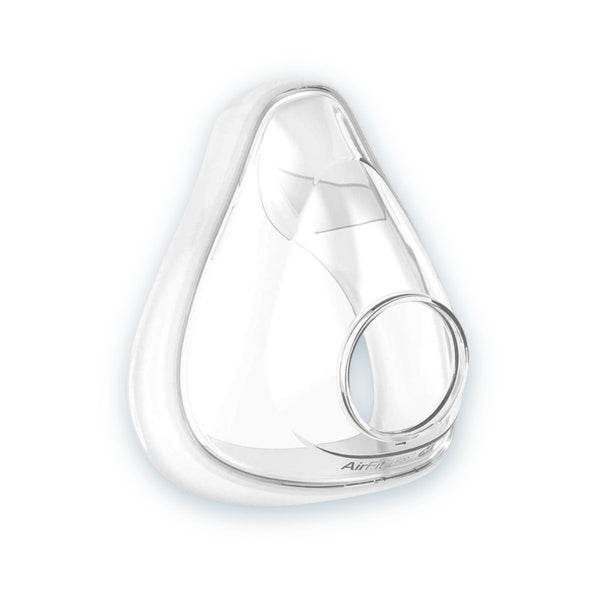





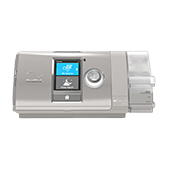
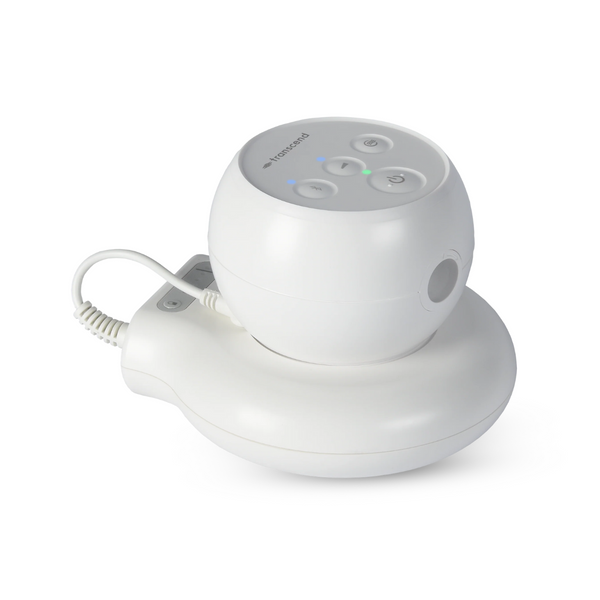
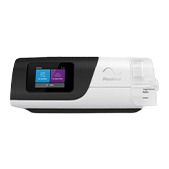
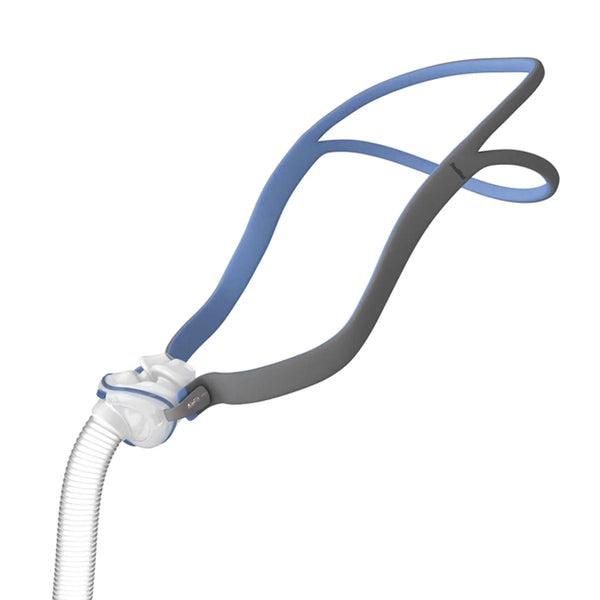
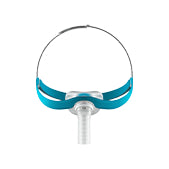
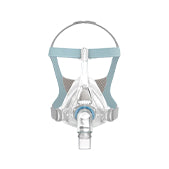
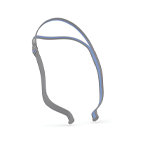

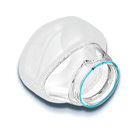
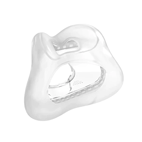
![[subscription]](http://heartstrongsleep.com/cdn/shop/files/Group_30_6a2ee5b7-7d1a-49f1-855d-428a7cb5358f.png?v=1733846466&width=600)
